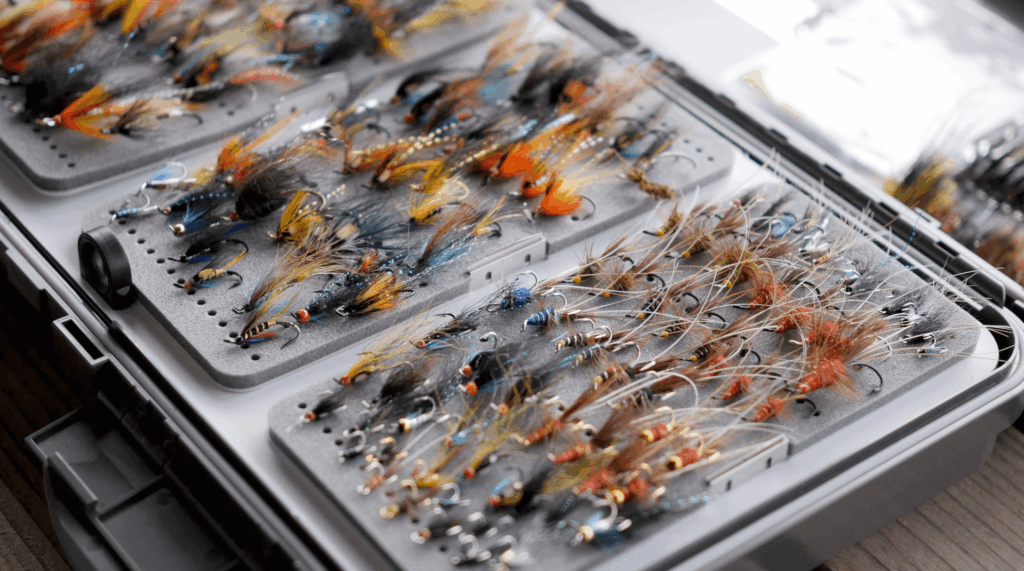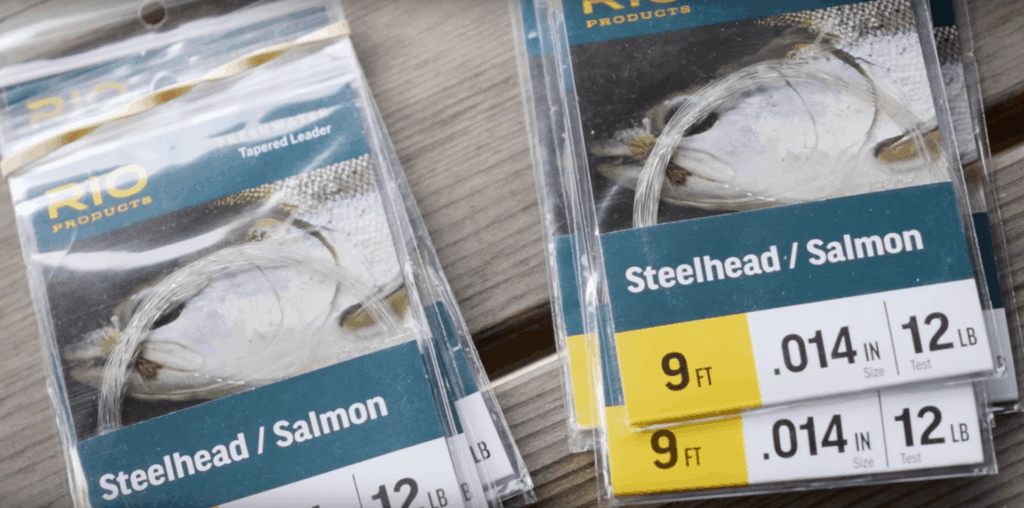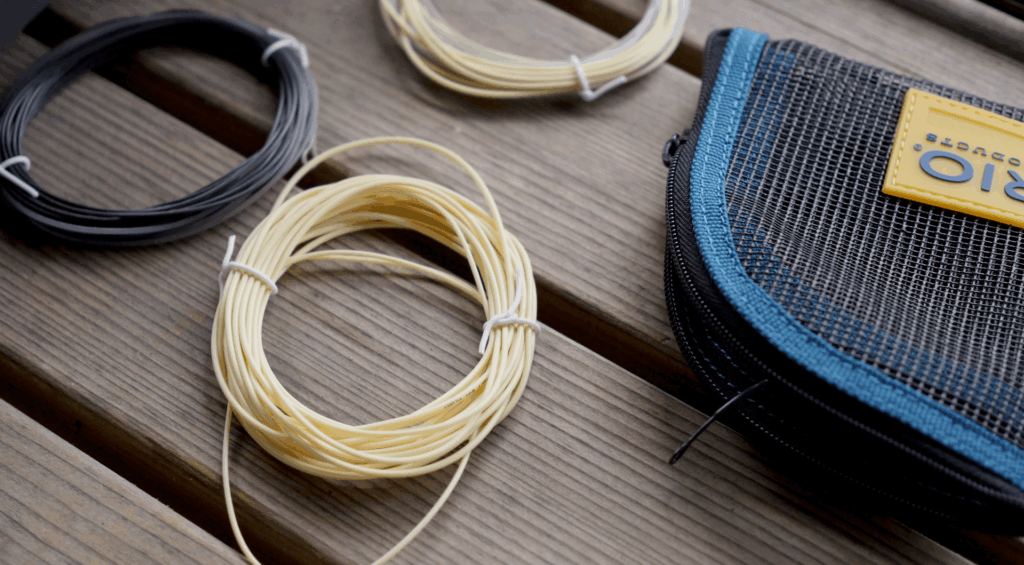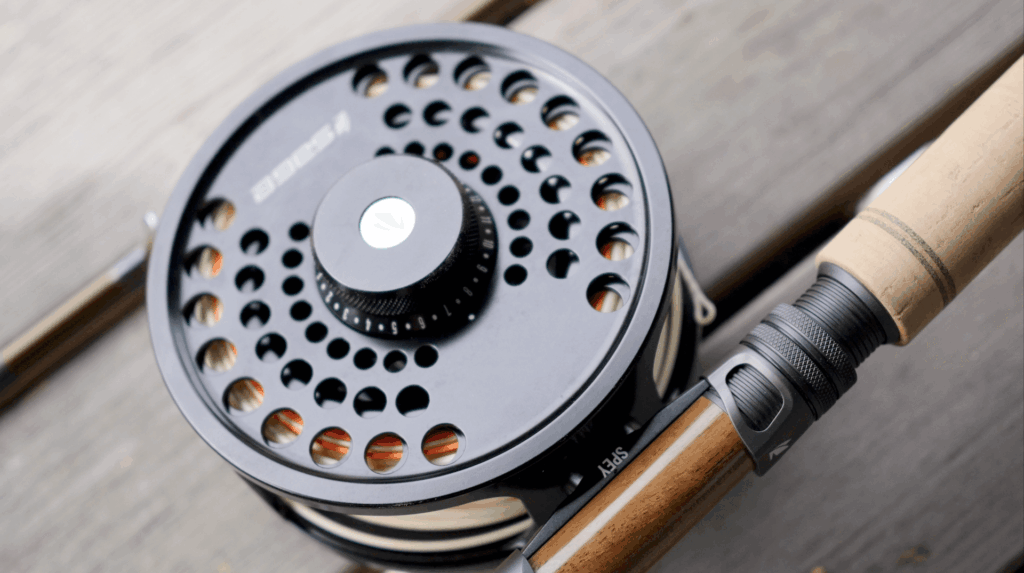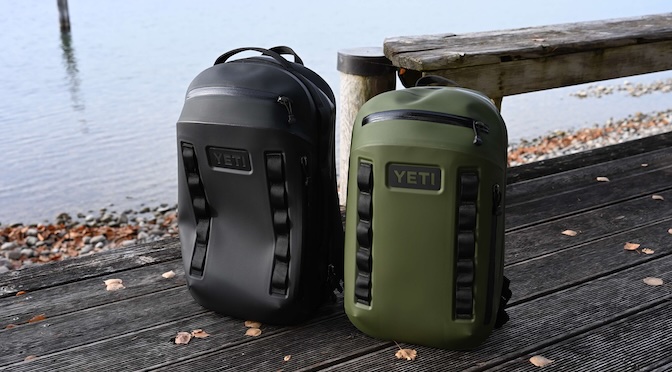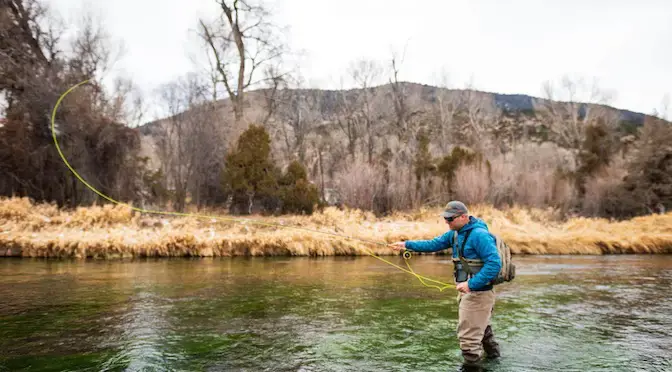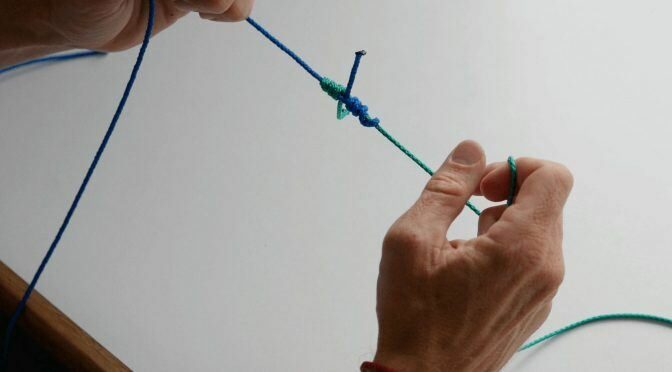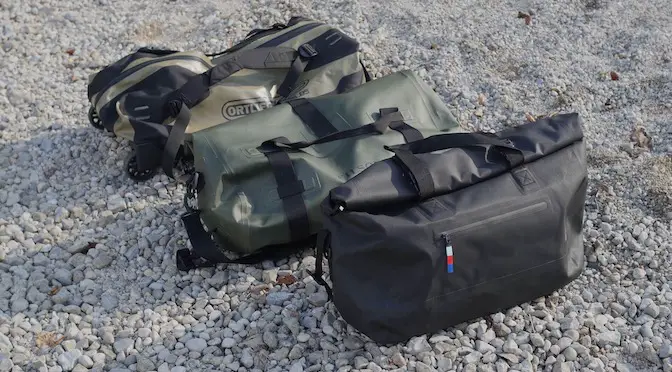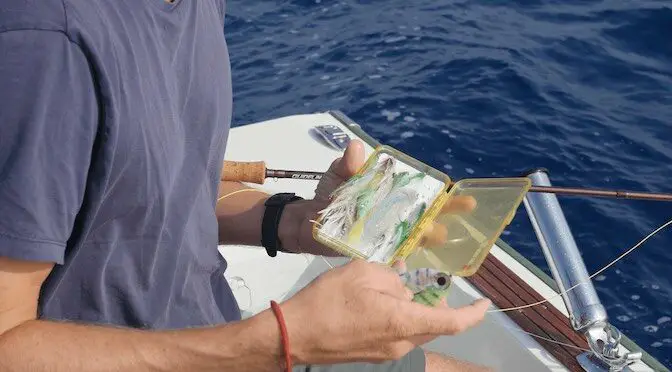- Can YETI’s new backpack deliver? Thoughts on the YETI CAYO - November 20, 2025
- How to Put a Worm on a Hook: Proven Methods for a Perfect Bait - November 18, 2025
- How to Fish in a River: An Essential Guide to Proven Techniques - November 18, 2025
Come explore the world of spey casting and salmon fishing with expert Simon Gawesworth.
The interview with Simon offers insights into fly selection, the importance of water temperature, and regional fishing differences. It covers essential gear, from fly lines and leaders to rods and reels, providing practical advice for anglers of all levels. The discussion also touches on the joy of the fishing experience beyond just catching fish, highlighting the camaraderie and appreciation for nature.
Simon’s Gear List he talks about in the video:*
Rio Steelhead/Salmon Leaders 12lbs 9ft
Sage Spey Double Hand R8 #9 14′
Note: the links above are affiliate links that earns us a small commission in case of your purchase at no extra cost for you.
The Art of Fly Selection
When it comes to salmon fishing, choosing the right fly is a big deal. Simon Gawesworth shares his thoughts on how different factors play into this choice.
Key Takeaways:
Water Temperature is Key: Simon uses the 48-degree Fahrenheit rule. Above 48 degrees, floating lines and smaller, classic flies work well. Between 42 and 48 degrees, intermediate lines and bigger tubes are better. Below 42 degrees, full sinking lines and heavy, large tubes swung slowly are the way to go.
Regional Preferences: What works in one place might not work in another. For example, small flies are common in Iceland, but not so much in Scotland. In Norway, the Sunray Shadow is very popular, while in Canada, hitch flies and dry flies are often used.
Confidence Flies: Anglers often have certain flies they trust. For Simon, the Andilly Fancy is a go-to for Spey fishing, and patterns like Cascades and Ali Shrimps also work well. Collie Dogs and Sunray Shadows are good for getting a reaction from fish that aren’t biting.
Gillie Advice: Simon always asks the local ghillie for their fly recommendations. Unlike some guides who might push their own gear, ghillies often pick from your existing fly box, which is pretty cool.
Essential Gear for Salmon Fishing
Having the right gear can make a big difference in salmon fishing. Simon breaks down what he uses and why.
Leaders and Tippets
Low Water Conditions: In clear, low water, thinner, lighter, and longer leaders are best. Simon uses 12-pound leaders, sometimes 10-pound, and even 8-pound if needed.
Fly Action: Small flies need thinner leader materials to move naturally in the water. A stiff, heavy leader can make a tiny fly look lifeless.
Leader Length: A good rule of thumb is: the bigger the fly, the shorter the leader. For heavy tube flies, Simon uses short leaders (6-foot or 4-foot). For smaller flies, he uses longer leaders (9-foot, 12-foot, or even 15-foot in super low water).
Fly Lines and Systems
Scandi VersiTip System: This system is popular in Europe, especially for Atlantic salmon anglers. It’s easy to change tips (floating, intermediate, sinking, fast sinking) as conditions change. This versatility is great for different water speeds and depths.
Steelhead vs. Salmon: Steelhead anglers often use heavier, gaudier flies and need different tips (like mo tips or T14/T17) that can handle more weight. The Scandi VersiTip system is more for presentation-style fishing, which suits Atlantic salmon.
Integrated Heads: Simon prefers integrated heads over shooting lines with loops. Integrated heads mean no connections, no noise, and no knots to get caught in the rod guides. This makes for a smoother casting and fighting experience.
Reels and Backing
Backing Amount: For bigger reels, Simon recommends about 200 yards of 30-pound backing. For smaller rods (5-7 weights), 150 yards of slightly lighter backing is usually enough. It’s always better to have more backing than to run out when a big fish takes off.
Reel Sizing: Sage’s spey reels are labeled to match spey rods, which can be confusing. A 9-weight spey reel is designed to balance a 9-weight spey rod, but a 9-weight saltwater reel would be too small and light for the same rod. It’s important to know if you’re getting a spey reel or a saltwater reel.
Rods
Travel-Friendly Rods: Simon is a fan of six-piece rods, like the Sage Spey R8. These are much easier to travel with than traditional three-piece rods, fitting into overhead bins on planes. Modern technology means the ferrules (joints) don’t affect the rod’s action like they used to.
European Style: The Sage Spey R8 was designed with the European market in mind, offering a fast action that many European anglers prefer. This is different from the slower, middle-flexing action often liked by American steelhead anglers.
Go-To Length: For bigger rivers in Scotland, especially from April onwards, a 14-foot rod is a good go-to length. For earlier in the season when rivers are high, 15-foot or 16-foot rods with heavier lines might be needed for monster casts.
The Joy of the Cast
Simon and the host agree that there’s more to fishing than just catching fish. The act of casting, especially with a two-handed rod, can be incredibly satisfying.
Casting as Entertainment: They joke that spey casting was invented in Scotland because there weren’t many fish to catch, so people needed something to do. The satisfaction of a good spey cast can outweigh the need to catch a fish.
Appreciating the Outdoors: Fishing is also about being outside, enjoying nature, and spending time with friends. Sometimes, just sitting by the river, chatting, and watching the water is as enjoyable as fishing itself.

